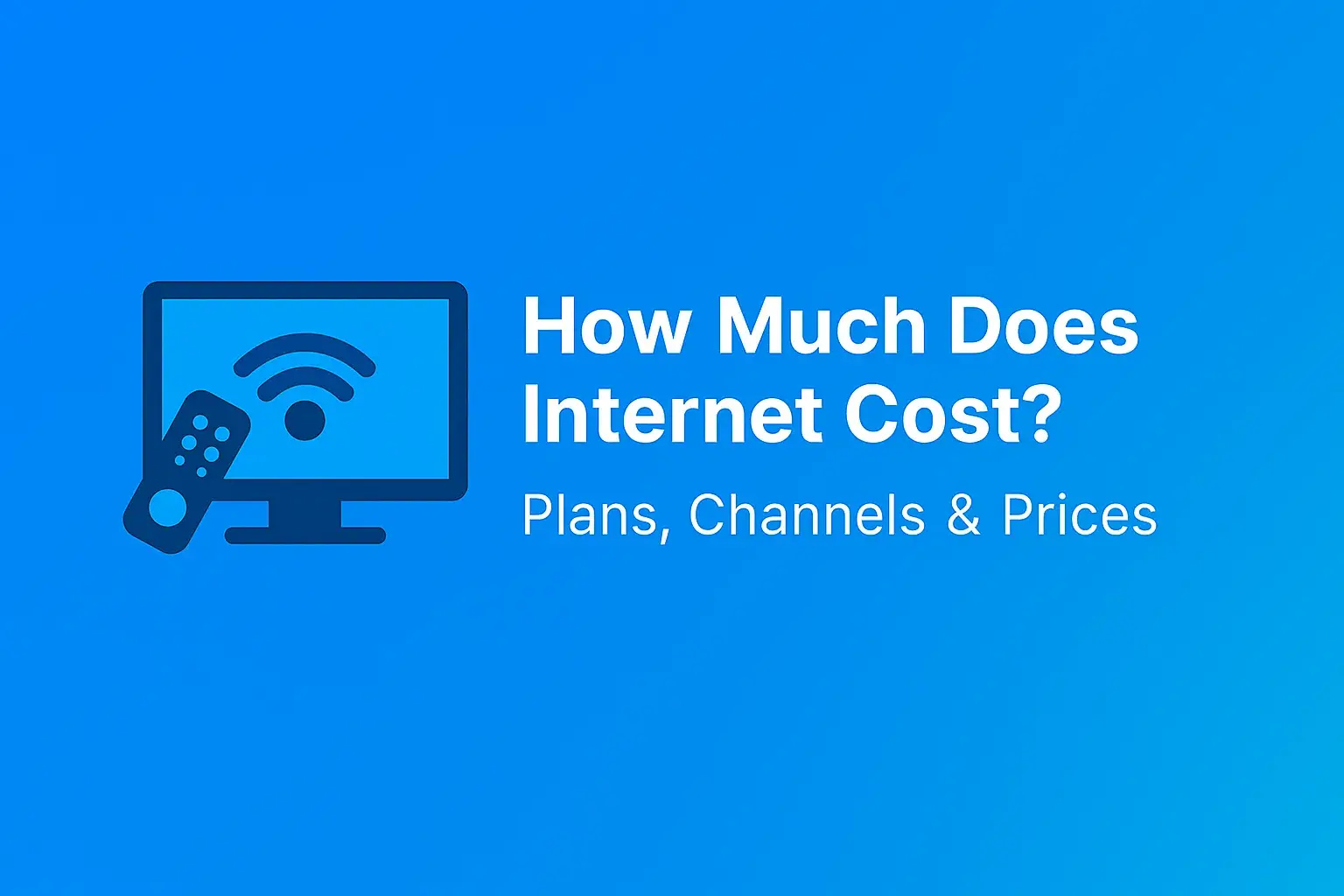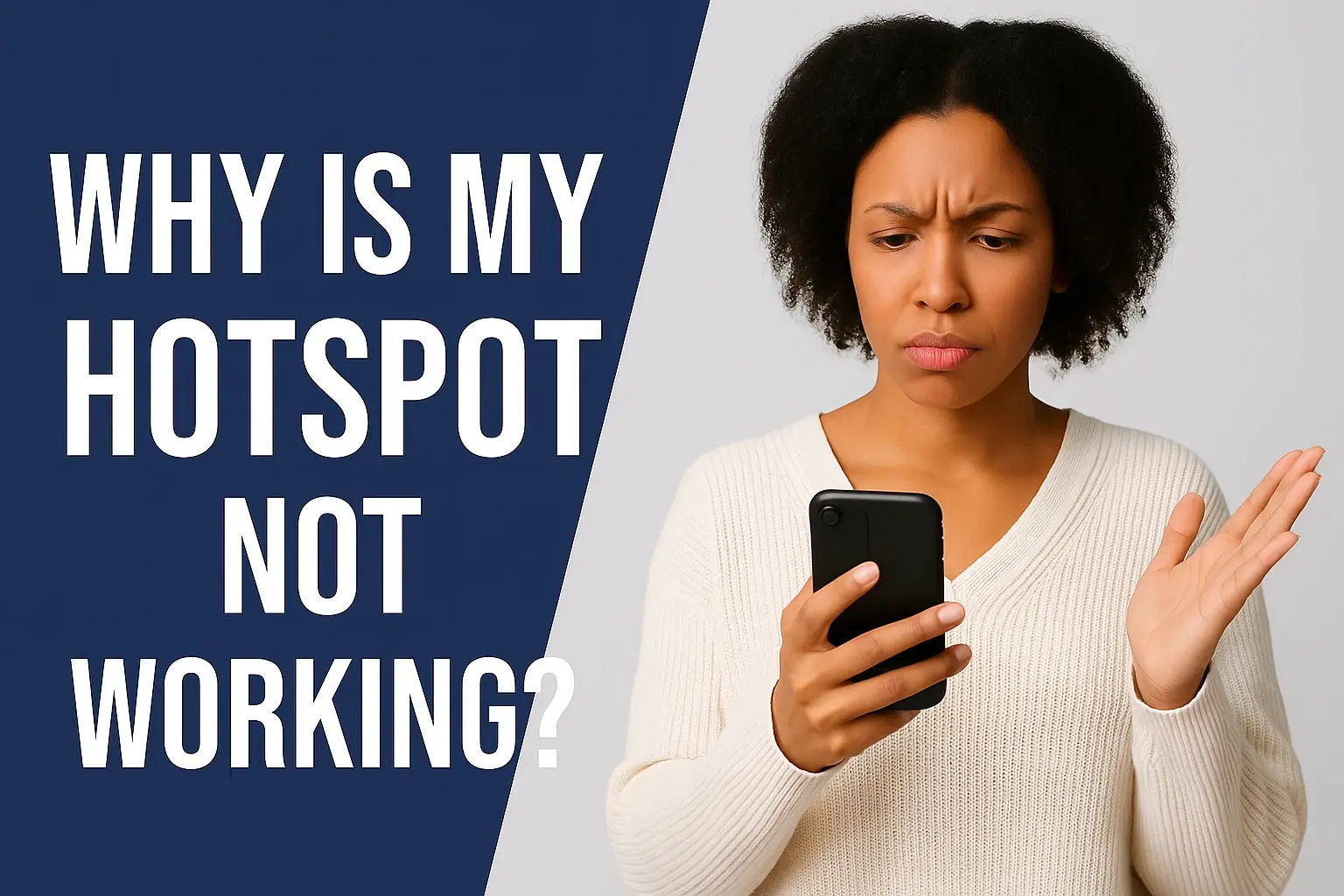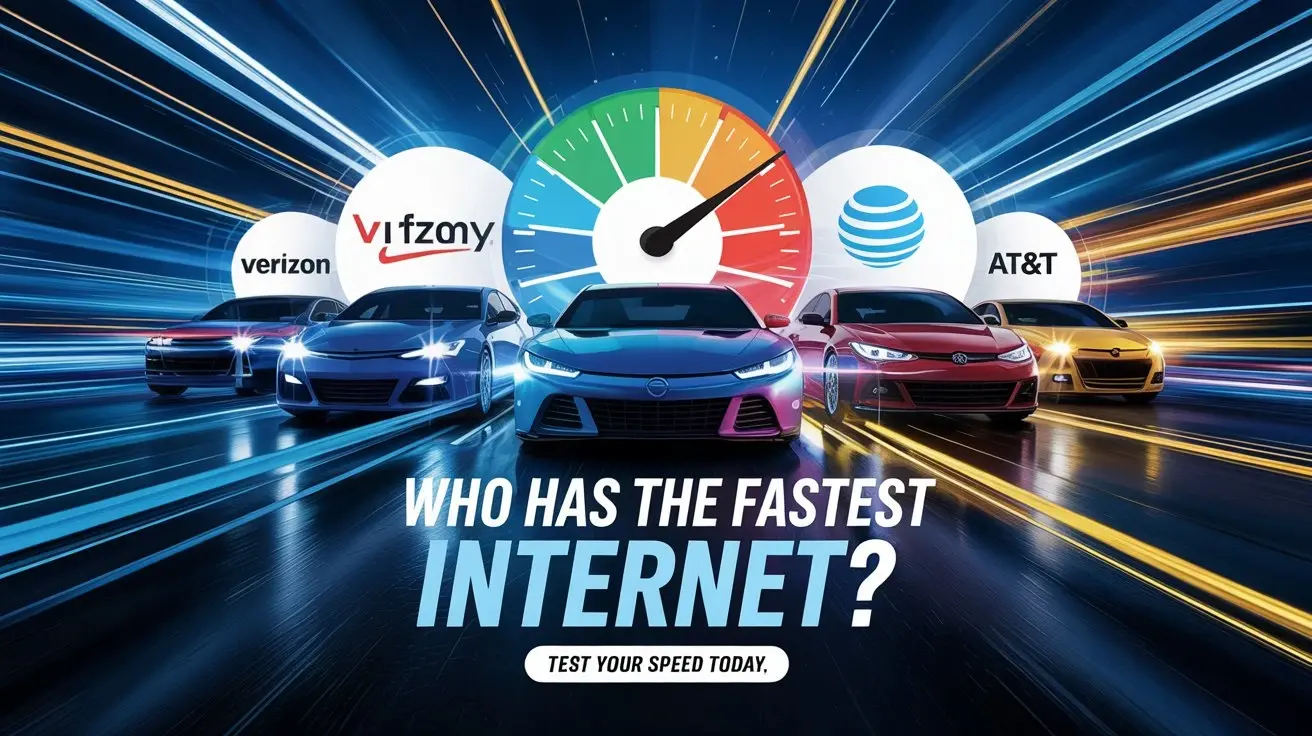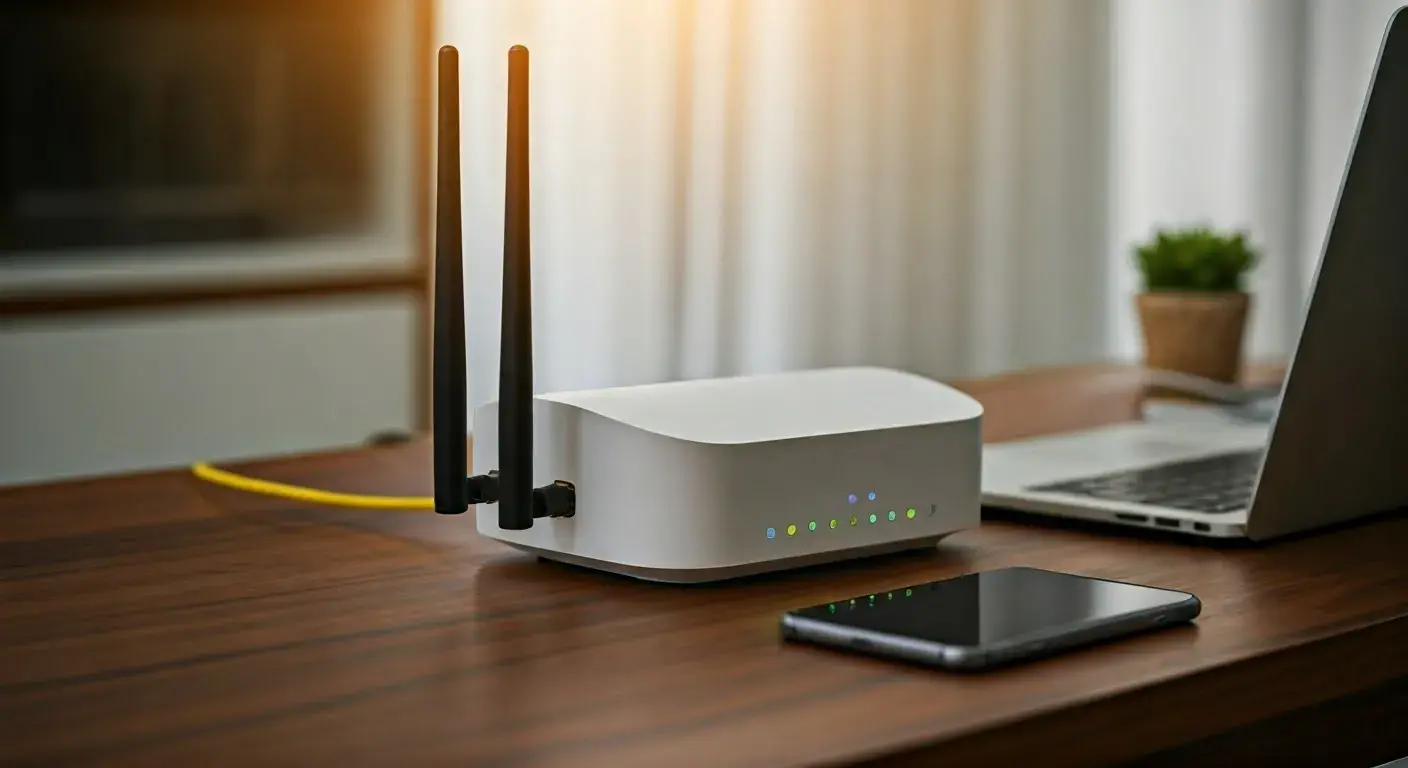How does fiber-optic get from street to house?
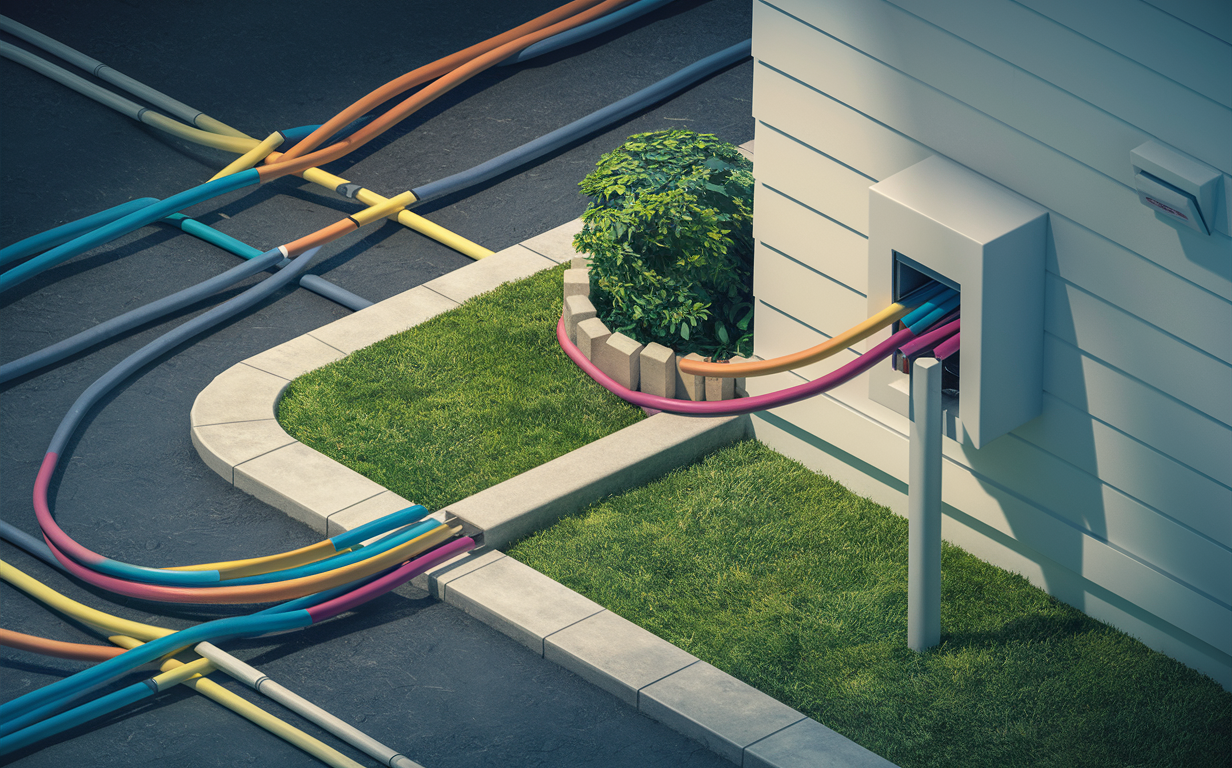
You may be wondering, if your neighborhood now has fiber-optic cable internet, then how does that fiber cable get into a person’s house from the street? Compared to fiber internet, cable or DSL internet is faster, but they have more complex infrastructure. Here is an overview of how fiber gets pulled throughout a neighborhood and connected to houses: Here is an overview of how fiber gets pulled throughout a neighborhood and connected to houses:
The Backbone
The fiber-optic network begins with access–high–high-capacity fiber cables that offer connection over long distances of central offices, data centers, and internet exchanges in a region of interest. These Backbone cables are a network that can convey enormous volumes of data in the form of pulses of light through small strands of glass. Of these, the backbone is a large fiber that splits into rings to service neighborhoods and business zones.
Distribution Cables
Once fiber gets to a neighborhood, it is transported in distribution cables that are strung to telephone poles or run through conduits. These distribution cables come in the form of several strands of fibers bundled together with an outer sheath. They transport signals from the high-capacity backbones along the local streets to the subscriber premises and commercial buildings. Distribution or drop lines are overhead or buried and connect to terminals that supply particular geographic locations.
Passing the Home
From the distribution terminals, they make individual fiber drops to each building that offers fiber internet service. For future capacity, fiber cabling is deployed to active homes, but also “dark” or non-subscribed homes to reach active subscribers beyond the block. When passing through a building that has not subscribed to the company’s services the extra fiber is left rolled up in case of an additional connection in the future.
The Drop
For homes that take fiber internet, one fiber is taken from the distribution cable to be part of the ‘drop’, the fiber that feeds the home directly. It is easy to install this drop from the street, as you don’t need to dig the whole yard to lay the cables. Rather, the technicians just pull the flexible, hair-thin fiber optic cable through the conduits already buried underground or overhead lines leading to the home. In cases where no conduit is available, a small ditch might be required from the street to the house to facilitate the running of the conduit through which the fiber will pass.
Entering the Home
After it gets to the outer wall of the home it has to penetrate inside to reach the home’s internet equipment. This fiber drop can enter via a few different paths: This fiber drop can enter via a few different paths:
- Through the Underground Conduit – If the conduit was laid to pass fiber from the street to the house, the drop is passed through this to allow safe entry.
- Drilling Through Wall Directly – Another way is to drill a hole through the wall by a technician and then pass the fiber cable through the hole. The hole is then closed up around the cable depending on the needs of the wire that is being used.
- Existing Cable Entry Points - Techs may also route the fiber drop through existing cable entry points such as those that have been created for electrical cable or television cables.
- Phone Box Access – As the home has an exterior phone box area with conduit to inside, fiber may enter through those unused phone line conduits.
The Interior Connection
Inside the home, the fiber line goes straight to an ONT (Optical Network Terminal). This small box (which can be mounted on the wall in a basement or a utility closet) translates the light signals from the fiber into the electrical signals that are necessary for the use of internet modems and WiFi routers. It serves as the link between the fiber optic line and copper cables within the house or home.
The process of connecting the ONT and the fiber drop is the last crucial step to get the fiber speeds all over your home. The fiber line entering your home can give you internet for many years because fiber is expandable and has the bandwidth to handle connections far beyond current requirements. Connecting the fiber from the regional backbones to individual houses requires a lot of infrastructure and technical expertise, but the end product is fiber internet speeds, reliability, and capacity that are nothing short of amazing!
Upgrade to faster, more reliable AT&T Fiber Internet today! Call us at +1 844-905-5002 and get connected with speeds that keep you ahead.
